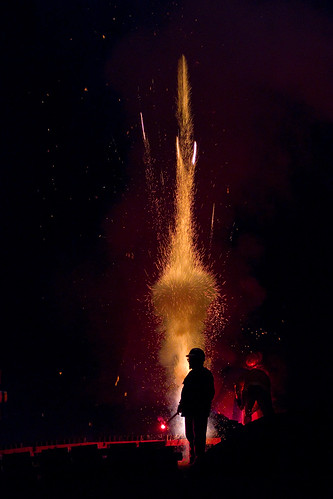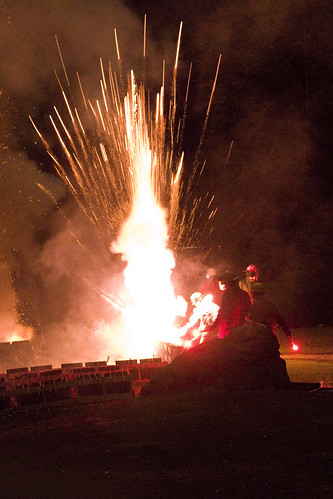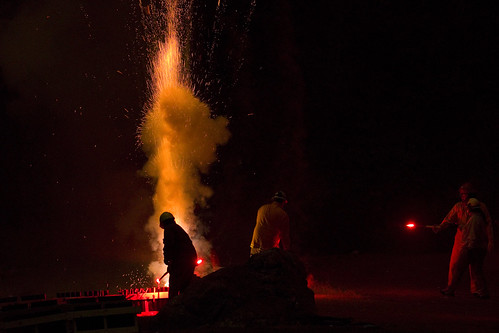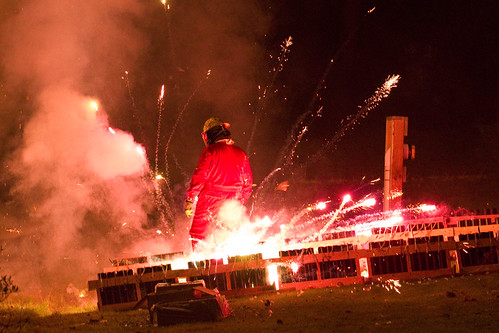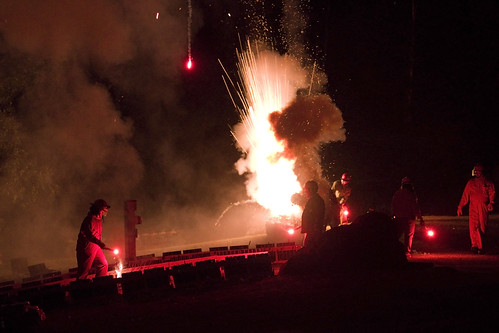I’ve been getting into a number of discussions and arguments lately, and wanted to put my thoughts and some links together in one place to refer back to.
Black Lives Matter was created by three queer Black women: Patrisse Cullors, Opal Tometi, and Alicia Garza after the killing of Trayvon Martin. From the BLM website, “Black Lives Matter affirms the lives of Black queer and trans folks, disabled folks, Black-undocumented folks, folks with records, women and all Black lives along the gender spectrum.” BLM’s principles include diversity, empathy, and the affirmation of black women, black trans folks, and black families.
11 Major Misconceptions About the Black Lives Matter Movement. Including misconceptions like “The movement hates police officers,” “The movement hates white people,” and “The movement doesn’t care about black-on-black crime.”
#
But Don’t All Lives Matter?
Sure. And nobody has suggested otherwise. It seems like when (mostly white) people hear “Black Lives Matter,” they imagine a silent “Only” at the beginning. Or maybe they’re imagining a silent “More Than Others” at the end, I’m not sure. But these sentiments are imaginary. Perhaps they’re a projection. Perhaps it’s simple fear. Perhaps it’s just a lack of understanding.
When I say fundraising and research for diabetes matters, I’m not suggesting that other diseases don’t deserve research and funding. But as a diabetic and the son of a diabetic, one who’s seen diabetic friends suffer severe complications from the disease, this is something I think it’s important to work on.
The problem with “All Lives Matter” — one of the problems, at any rate — is that it came about as a response to Black Lives Matter. Here’s a Google Trends search showing the popularity of the phrases “Black Lives Matter” (in blue), “All Lives Matter” (in red), and “Blue Lives Matter” (in yellow):
 There’s no Google traffic on “All Lives Matter” or “Blue Lives Matter” until after the BLM movement began gaining popularity. In other words, the evolution of “All Lives Matter” hasn’t been as a simple affirmation that yes, all lives do matter — something nobody has been arguing. Instead, it’s a direct response to the BLM movement.
There’s no Google traffic on “All Lives Matter” or “Blue Lives Matter” until after the BLM movement began gaining popularity. In other words, the evolution of “All Lives Matter” hasn’t been as a simple affirmation that yes, all lives do matter — something nobody has been arguing. Instead, it’s a direct response to the BLM movement.
To be blunt, it’s people who hear someone saying, “Black lives matter!” and rather than agreeing that yes, this is a true statement, people try to change the focus of the conversation. I don’t know where this knee-jerk attempt comes from, but the effect is to make it harder to talk about the problems facing black people. In other words, you are making yourself one more obstacle to progress.
Because right now, in our society? All lives don’t matter. We don’t treat all lives as equally important. Hell, even our judicial system is more likely to execute a black defendant than a white one, when all else is equal.
If you really want all lives to matter, then you need to join the effort to make black lives matter too. Otherwise, your cry of “all lives matter” is just empty words.
#
What About the Police? Blue Lives Matter Too!
Again, nothing about the Black Lives Matter movement states or suggests that police lives don’t matter. From BLM’s official statement after the shooting of Dallas police officers, “Black activists have raised the call for an end to violence, not an escalation of it.”
There’s a narrative that we have a war on the police here in the U.S., but the data don’t seem to back that up.

Preliminary data show that we’ve seen the exact same number of police deaths in 2016 as we had by this point last year.
None of this means those deaths are acceptable, or that they shouldn’t be mourned. None of it means police lives don’t matter. They do, and Black Lives Matter isn’t saying or suggesting otherwise.
There’s a great deal of fear, distrust, and anger toward the police in this country. That’s not equivalent to a war on police. Nor is it a suggestion that police lives don’t matter.
To be a good police officer is a difficult, stressful, and at times dangerous job. I think it’s possible to acknowledge this, and to mourn those officers lost in the line of duty, without coopting or undercutting another movement.
#
But Racism is Over!
2015 Data on Police Killing of Blacks. “Whites make up a disproportionally smaller portion of those killed by law enforcement compared to their portion of the general population – 11.3% less. Blacks on the other hand make up a disproportionally larger portion of those killed (26.5%) compared to the general population (13.2%) – 13.3% more or double!”
Analysis of Racial Bias in Police Shootings at the County-Level in the United States, 2011–2014. “The results provide evidence of a significant bias in the killing of unarmed black Americans relative to unarmed white Americans, in that the probability of being {black, unarmed, and shot by police} is about 3.49 times the probability of being {white, unarmed, and shot by police} on average … the racial bias observed in police shootings in this data set is not explainable as a response to local-level crime rates.”
Two Thoughts on Ferguson. A blog post I did two years ago, gathering data to show that the percentage of people killed by police in the U.S. is significantly higher than in other countries, and that from 1999 to 2011, the statistical likelihood of being killed by a police officer in the U.S. was about three times higher for black people than for whites.
Black and White in the U.S. Another blog post with additional data. Here are some highlights:
These problems aren’t new. It’s just getting harder for us to shut our eyes and plug our ears and pretend it’s not happening.
#
Misc:
All Houses Matter: The Extended Version – This comic by Kris Straub does a nice job (in my opinion) of creating an analogy to help people understand why the “All Lives Matter” response can be so frustrating.


I obviously don’t know first hand what it’s like to be black in America today. I’ve been working to read and better understand, but that understanding is always going to be imperfect and second-hand. There’s a lot I didn’t get into here, and there are doubtless many things I’ve simply missed or overlooked.
I reserve the right to come back and add and update this post as my understanding evolves, or as I discover new data and resources.
Save
Save
Save






 Next up was
Next up was  Finally, my son and I finished reading Mirable
Finally, my son and I finished reading Mirable 